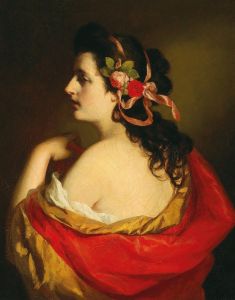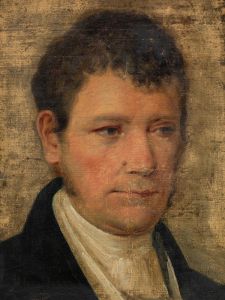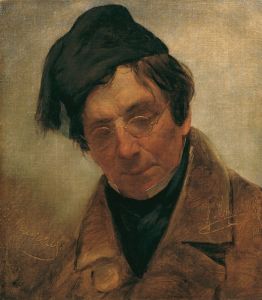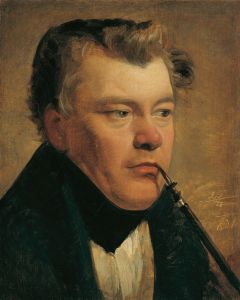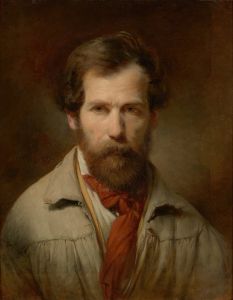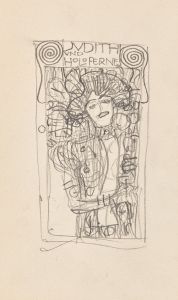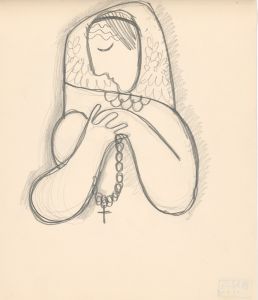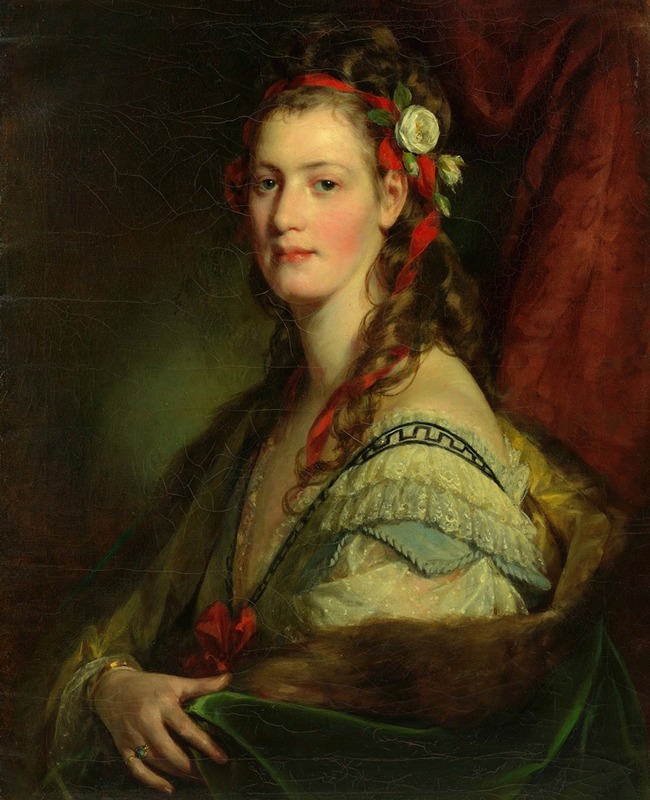
Marie Paterno, geb. Nemetschke, später Amerling, bzw. Hoyos
A hand-painted replica of Friedrich von Amerling’s masterpiece Marie Paterno, geb. Nemetschke, später Amerling, bzw. Hoyos, meticulously crafted by professional artists to capture the true essence of the original. Each piece is created with museum-quality canvas and rare mineral pigments, carefully painted by experienced artists with delicate brushstrokes and rich, layered colors to perfectly recreate the texture of the original artwork. Unlike machine-printed reproductions, this hand-painted version brings the painting to life, infused with the artist’s emotions and skill in every stroke. Whether for personal collection or home decoration, it instantly elevates the artistic atmosphere of any space.
Friedrich von Amerling was a prominent Austrian portrait painter in the 19th century, known for his detailed and realistic depictions of the European aristocracy and bourgeoisie. One of his notable works is the portrait titled "Marie Paterno, geb. Nemetschke, später Amerling, bzw. Hoyos," which translates to "Marie Paterno, née Nemetschke, later Amerling, or Hoyos." This painting is a testament to Amerling's skill in capturing the elegance and personality of his subjects.
Marie Nemetschke, the subject of the painting, was an important figure in Amerling's life. She was initially married to Friedrich von Amerling, which is reflected in the title of the painting. The portrait likely captures her during or after her marriage to Amerling, showcasing her as a woman of status and refinement. The painting is a fine example of Amerling's ability to portray the intricate details of his subjects' attire and expressions, which was a hallmark of his work.
Amerling's portraits are characterized by their meticulous attention to detail, vibrant use of color, and the ability to convey the texture of fabrics and the softness of skin. In this particular portrait, these elements are evident in the way Marie's attire is rendered, highlighting the luxurious materials and fashionable style of the period. The background of the painting is typically understated, drawing the viewer's attention to the subject herself.
The painting reflects the Biedermeier period's artistic style, which was prevalent in Central Europe during the early to mid-19th century. This style is known for its emphasis on realism, domesticity, and the depiction of middle-class life. Amerling was one of the leading artists of this movement, and his works often focused on the intimate and personal aspects of his subjects' lives.
Friedrich von Amerling's contribution to portrait painting was significant, and his works are still celebrated for their artistic and historical value. His ability to capture the essence of his subjects made him a sought-after portraitist among the European elite. The portrait of Marie Paterno, née Nemetschke, is a fine example of his work and provides insight into the fashion, culture, and social dynamics of the time.
Today, Amerling's paintings are housed in various museums and private collections, where they continue to be appreciated for their beauty and craftsmanship. His legacy as one of Austria's foremost portrait painters endures, and his works remain a valuable part of the country's cultural heritage. The portrait of Marie Paterno is a testament to his skill and his ability to immortalize the individuals of his era through his art.





